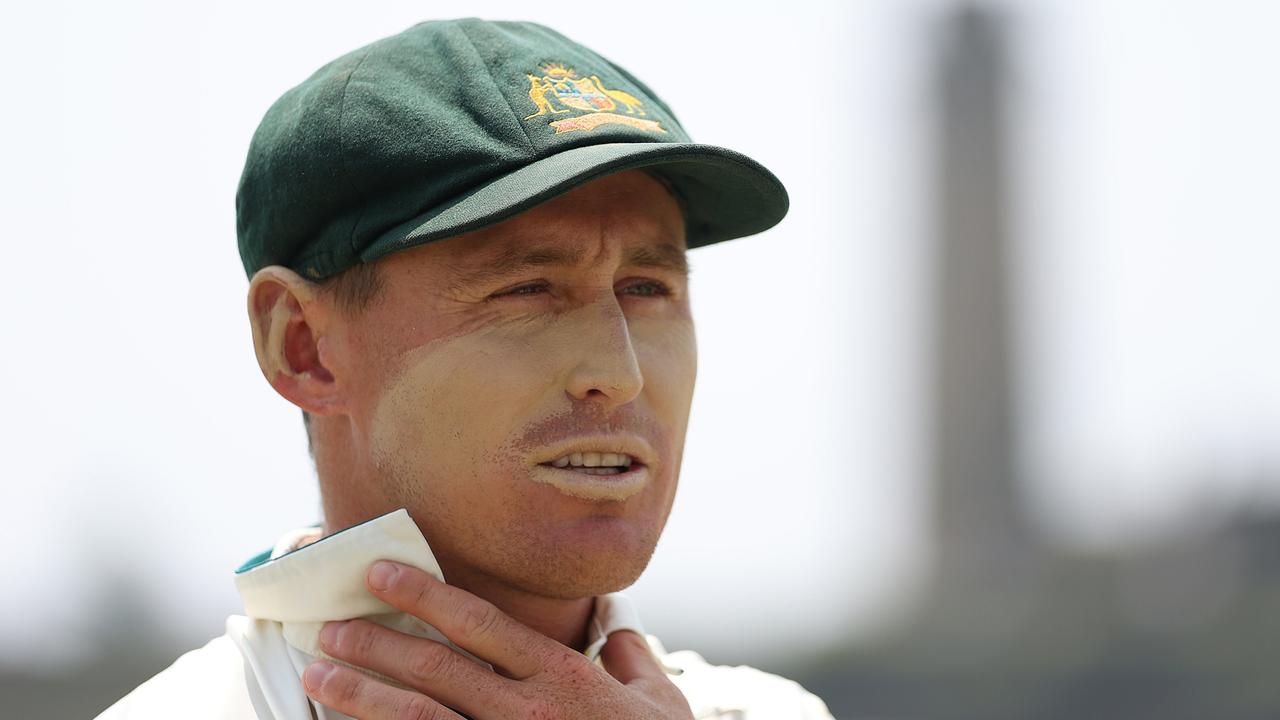Cherny: Why Cameron Green’s Wellington century proves Aussie selectors got it right when replacing David Warner
While the jury is still out on David Warner’s replacement at the top of the Australian Test order, Cameron Green has proven selectors were right to move heaven and earth to get him back in the side, DANIEL CHERNY writes.
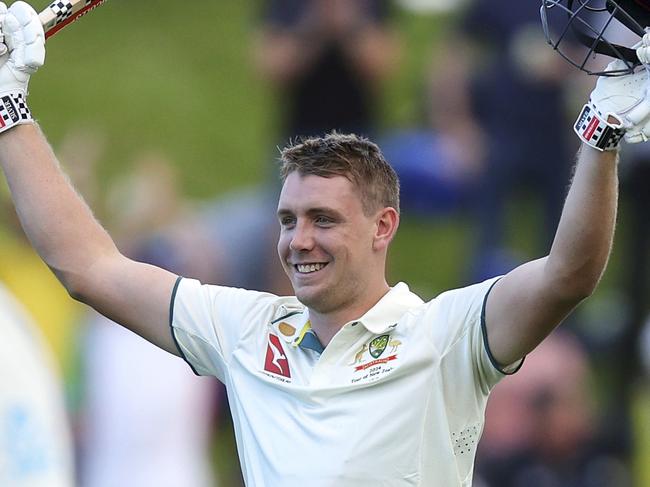
Cricket
Don't miss out on the headlines from Cricket. Followed categories will be added to My News.
When domestic dominator Cameron Bancroft was bypassed for the Test series against the West Indies in January, there was considerable hand-wringing about how it had seemingly rendered the Sheffield Shield an irrelevance.
How ironic then that it was the Shield that served as perfect preparation for Cameron Green – the man chosen in the XI ahead of Bancroft – who rescued Australia on a green top at the Basin Reserve on Thursday.
The all-rounder’s day one century against New Zealand steered the Aussies to 9-279 at stumps after being sent in to face the Black Caps’ four-headed seam attack.
Australian selectors had contorted their top six to allow Green a spot back in the side – in his preferred No. 4 spot – following David Warner’s retirement.
It was a gutsy call to heed Steve Smith’s wish to bat at the top, and the jury is still out on that front.
But the panel had stressed that picking Green to replace Warner meant selecting the best six red-ball batters in the country.
Somewhat lost in the angst over Bancroft’s absence – amplified by Matt Renshaw’s inclusion in the squad as spare batter – was the fact Green averaged 54 in the Shield.
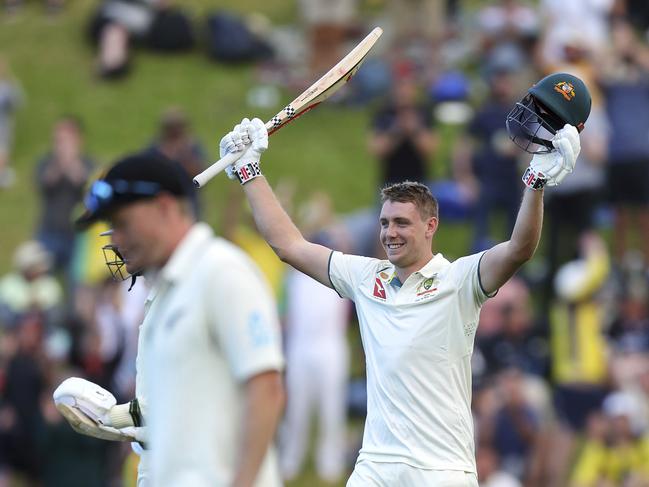
He didn’t have the recent glut of state runs because for the most part he’d been travelling with the Australian team, including an extended stint as a benchwarmer at the World Cup.
But since returning from that tournament, time in the middle has been prioritised. Green played a Shield match at the Gabba and the Prime Minister’s XI match before the home Test summer.
Most notably he was left out of the touring party for the Twenty20 series in New Zealand that preceded these two Tests, a decision made to allow the West Australian the best red-ball preparation for this series.
It meant that as the Aussie T20 side was getting ready in Wellington, Green was in Hobart, compiling a second innings century, coincidentally alongside Bancroft, to save a Shield game against table-topping Tasmania.
On Thursday evening in Wellington, Green credited that knock for readying him for the rigours of Test cricket after what was almost inarguably the most important innings of his career to date.
Green had lost his Test spot during the Ashes on the back of Mitch Marsh’s heroics at Headingley. But Green had also entered that tour straight from a two-month Indian Premier League stint.
No one could conscionably begrudge Green the $3.15m he earned playing for the Mumbai Indians last year, yet even he conceded after his NZ ton that flipping between formats wasn’t easy and that a Shield innings – though far removed from the IPL riches – was in its own way priceless.
“I probably struggled to have the red-ball practice leading in (in previous series). I think it’s been always one or two net sessions then thrown in the deep end a little bit,” Green said.
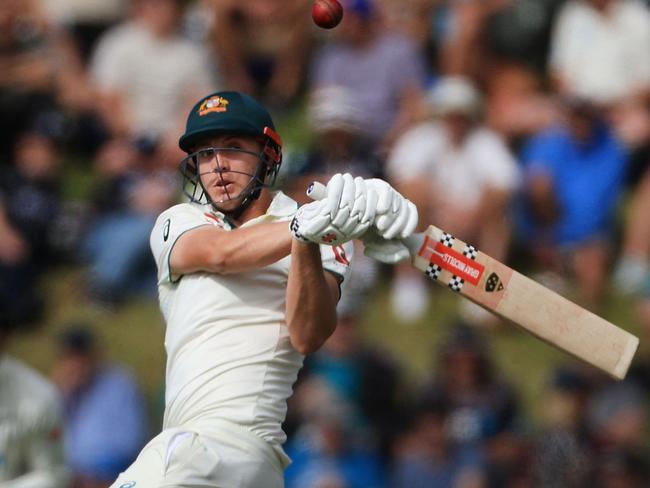
“But that’s what international cricket’s like at the moment, unfortunately. It’s been a pretty busy 18 months and yeah, there’s not much practice in between changing formats, and I think it’s just a bit of a work in progress for myself. I’m trying to obviously learn off guys that do it quite regularly and Steve and Mitch Marsh, Dave Warner, I think they stay true to their technique. And it’s something that I need to work on.”
Having followed the path of greats like Ricky Ponting, Steve Waugh, Michael Clarke and even Don Bradman in being dropped, it is hard to envisage Green being left out again any time soon.
And for a player to whom so much had come so young, that time out of the side made Thursday all the more satisfying.
“When you’re not in the team it does make you stop and thinking how special it actually is to be playing for Australia. Sometimes you do forget that when you’re playing so much, so now it’s nice to be back.”
Nice for him, and crucial for Australia too given how the day panned out.
Smith (31) and Usman Khawaja (33) blunted the new ball but fell either side of lunch to Matt Henry. Marnus Labuschagne’s poor run continued as he edged Scott Kuggeleijn to first slip on one, while Travis Head backed up a king pair against the West Indies in Brisbane by nicking off to Will O’Rourke for one.
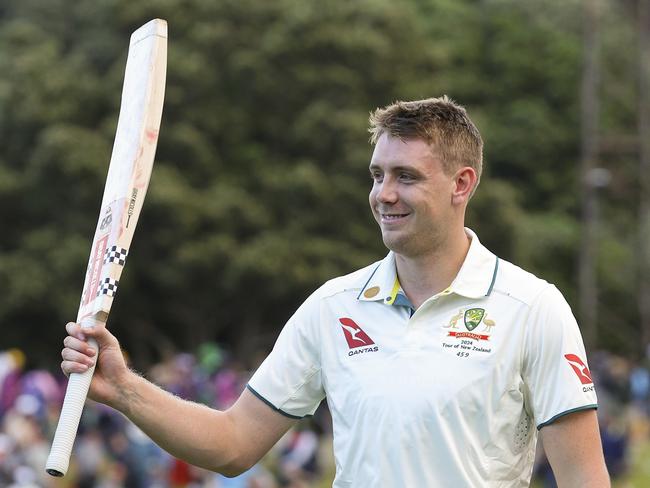
United with his fellow West Australian at 4-89, Marsh blasted a typically counterattacking 40 at better than a run a ball before top-edging to become Henry’s third victim.
Alex Carey drove Kuggeleijn straight to Kane Williamson at cover for 10, leaving Green to fend with the tail at 6-176.
Aided by handy support from Mitchell Starc and Pat Cummins, Green reached what was his highest Test score since a maiden ton in Ahmedabad last March.
Nathan Lyon was dropped by Williamson off Southee before scoring but fell to Henry for five, by which point Green was on 91 and joined by No. 11 Josh Hazlewood.
Green took the long handle to O’Rourke, striking three boundaries in the day’s final over including a slash through backward point to reach 103 not out at stumps, before Hazlewood had even faced a ball.
More Coverage
Originally published as Cherny: Why Cameron Green’s Wellington century proves Aussie selectors got it right when replacing David Warner





